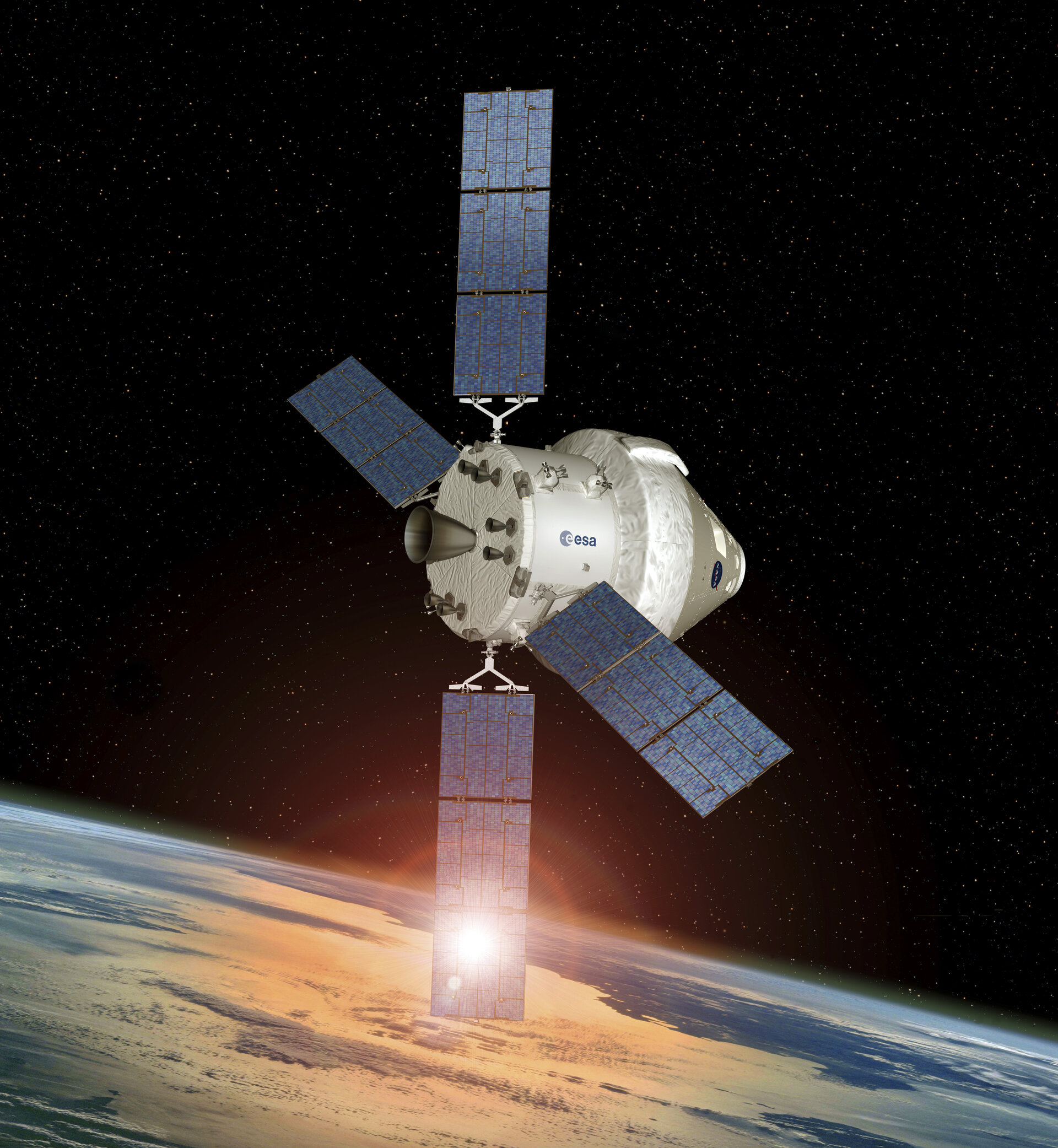The vastness of space presents extraordinary challenges to human survival, one of the most critical being temperature regulation. Thermal Control in Space is an essential system that ensures astronauts can live and work safely in the extreme environment of orbit. The Universe Episodes provide a fascinating glimpse into how space agencies maintain ideal temperatures aboard spacecraft and space stations. Through these episodes, viewers learn how Thermal Control in Space is not merely a convenience but a matter of life and death, highlighting the delicate balance between engineering, science, and the unforgiving conditions of the cosmos.
The Importance of Thermal Control in Space
In space, temperatures can vary dramatically, from the searing heat of direct sunlight to the freezing darkness of the shadowed regions. The Universe Episodes explain that Thermal Control in Space is vital to protecting both astronauts and sensitive equipment. Without proper thermal regulation, instruments could fail, electronics could overheat, and human health could be at risk. The episodes emphasize that managing heat in space is vastly different from Earth because there is no atmosphere to dissipate heat through convection. This makes Thermal Control in Space an intricate and essential aspect of space travel.
Methods of Thermal Control in Space
The Universe Episodes showcase the two primary methods of Thermal Control in Space: passive and active systems. Passive systems rely on materials and coatings that absorb, reflect, or radiate heat, while active systems involve pumps, radiators, and liquid loops that transfer heat away from critical areas. These episodes highlight how Thermal Control in Space combines these approaches to maintain stability, ensuring astronauts can operate safely in their spacecraft. By observing the ingenuity behind these systems, viewers gain insight into how engineering solutions adapt to the extreme conditions of the Universe.
Spacesuits and Thermal Control in Space
Astronauts rely on their spacesuits for survival, and Thermal Control in Space within these suits is a marvel of engineering. The Universe Episodes illustrate the use of liquid cooling and ventilation garments, which circulate water through tubes to remove excess heat. This system allows astronauts to perform physically demanding tasks in direct sunlight without overheating. Understanding Thermal Control in Space at this level shows how human ingenuity overcomes the harsh environment of space, making life possible in what would otherwise be an uninhabitable setting.
The Role of Spacecraft in Thermal Control in Space
Inside spacecraft, Thermal Control in Space becomes even more critical. The Universe Episodes reveal that onboard systems must regulate the temperature of electronics, instruments, and living quarters. Radiators dissipate heat into space, while insulation prevents excessive cooling in shaded areas. These episodes emphasize that maintaining a stable temperature is crucial for the functionality of spacecraft systems, demonstrating how Thermal Control in Space is essential for long-duration missions and the safety of astronauts.
Challenges of Thermal Control in Space
The challenges of Thermal Control in Space are many. The Universe Episodes show that fluctuating solar radiation, variable orbital positions, and differing mission durations require adaptive solutions. Engineers must account for heat from human activity, scientific experiments, and onboard machinery. Every aspect of the spacecraft must be designed with Thermal Control in Space in mind, as even minor fluctuations can have significant consequences. These episodes provide a vivid understanding of the complex calculations and testing required to ensure a safe thermal environment.
Innovations in Thermal Control in Space
The Universe Episodes highlight the continuous innovations in Thermal Control in Space, from advanced radiators to phase-change materials that absorb and release heat efficiently. These innovations allow longer missions and the potential for deep-space exploration. The episodes explore how engineers learn from previous missions, continually improving the methods used for Thermal Control in Space. By studying these advancements, viewers understand how the interplay of physics, materials science, and engineering makes human life in space possible.
Thermal Control in Space on the International Space Station
The International Space Station (ISS) is a prime example of Thermal Control in Space in action. The Universe Episodes provide an inside look at how the ISS manages heat from the Sun and onboard systems using radiators, heat exchangers, and insulation. This complex network ensures a stable environment for both crew and experiments. Observing the ISS’s systems in action allows viewers to appreciate the scale and sophistication of Thermal Control in Space, demonstrating how international collaboration has advanced human capability in orbit.
The Future of Thermal Control in Space
As humanity prepares for missions to the Moon, Mars, and beyond, Thermal Control in Space will become even more critical. The Universe Episodes explore how future technologies may incorporate smarter materials, advanced thermal regulation systems, and autonomous monitoring to maintain ideal conditions. The lessons learned from current missions will inform the designs of spacecraft and habitats for deep-space exploration. By understanding Thermal Control in Space, viewers grasp how essential these systems are for the expansion of human presence beyond Earth.
Conclusion: Mastering Thermal Control in Space
Thermal Control in Space is one of the unsung heroes of space exploration. Through The Universe Episodes, viewers gain insight into how astronauts stay safe and comfortable while performing extraordinary tasks in orbit. From spacesuits to spacecraft systems, the science and engineering behind Thermal Control in Space illustrate human ingenuity at its finest. By managing heat in the unforgiving environment of space, we not only ensure the survival of astronauts but also enable the continued exploration and understanding of the cosmos. The mastery of Thermal Control in Space is a testament to humanity’s ability to adapt, innovate, and thrive in the vast Universe.



